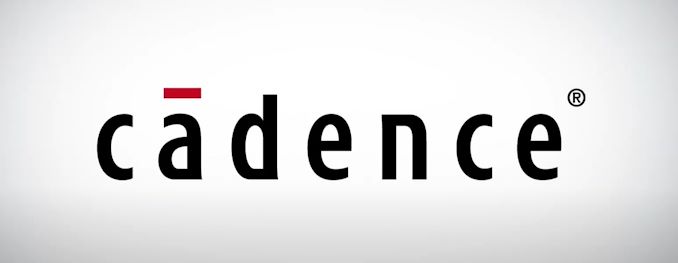In the realm of processor and product design, having the right series of tools to actually build and simulate a product has been a key driver in minimizing time to market. Cadence is one of the more prolific companies in the electronic design automation (EDA) software space, with tools for designing integrated circuits, PCBs, packaging, SoCs, radio frequency, as well as respective verification tools. What landed in my inbox this morning was an announcement for a new tool in Cadence’s solver portfolio to enable better full-system EM simulation while also scaling across CPU and GPU as well as to other systems.
Cadence’s 3D Transient Solver uses a finite difference time domain model to essentially model an anechoic chamber over a wide frequency range for both electromagnetic interference but also electromagnetic compliance. This is what the EC/FCC certification enablement is all about in order to enable sales of a product in a region – the more accurate (and scalable) the EM simulation work is, the idea is that the results from any anechoic chamber testing will be more in line with the simulation, resulting in fewer prototype sampling in advance of the certification test.
The Transient Solver is designed to work in conjunction with Cadence’s other tools, such as FEM and MoM, for whole product simulation – due to capacity, it has often been the case that products would be simulated part-by-part, and then a full scale simulation result would be interpolated. Cadence points to its full product potential, as the software is designed to scale almost linearly across as many CPU cores as can be thrown at it (either in a single system or in a multi-system environment), as well as leveraging GPU acceleration (note, something I did in my PhD for FDTD but for chemical simulations). Cadence also points to its ability to keep the simulation memory footprint low, often a difficult task with these sorts of simulations (especially FDTD), such that systems no longer need terabytes of DRAM just to run. The software can also be run via cloud services and scaled as needed. Due to the scalability, it also allows for quicker deformation testing, to avoid such areas as the iPhone 4 issues.
Anechoic chambers are marvellous things – if you ever get a chance to go in one, I highly recommend it. If the 30% reduced cycle time that one of Cadence’s partners is quoting is anything to go by, then there might be some chambers empty for a bit – perfect to get your company to convince that an employee tour is needed.
Cadence’s Clarity 3D Transient Solver is due for release in Q1 2021.
Source: Cadence
Related Reading
- Cadence DDR5 Update: Launching at 4800 MT/s, Over 12 DDR5 SoCs in Development
- Everspin’s STT-MRAM Now Supported by Cadence’s DDR4 Controllers
- Samsung’s 5nm EUV Technology Gets Closer: Tools by Cadence & Synopsys Certified
- Cadence Announces Tensilica Vision Q7 DSP
- Cadence Tapes Out GDDR6 IP on Samsung 7LPP Using EUV
from AnandTech https://ift.tt/3o2En2h
via IFTTT

0 comments:
Post a Comment